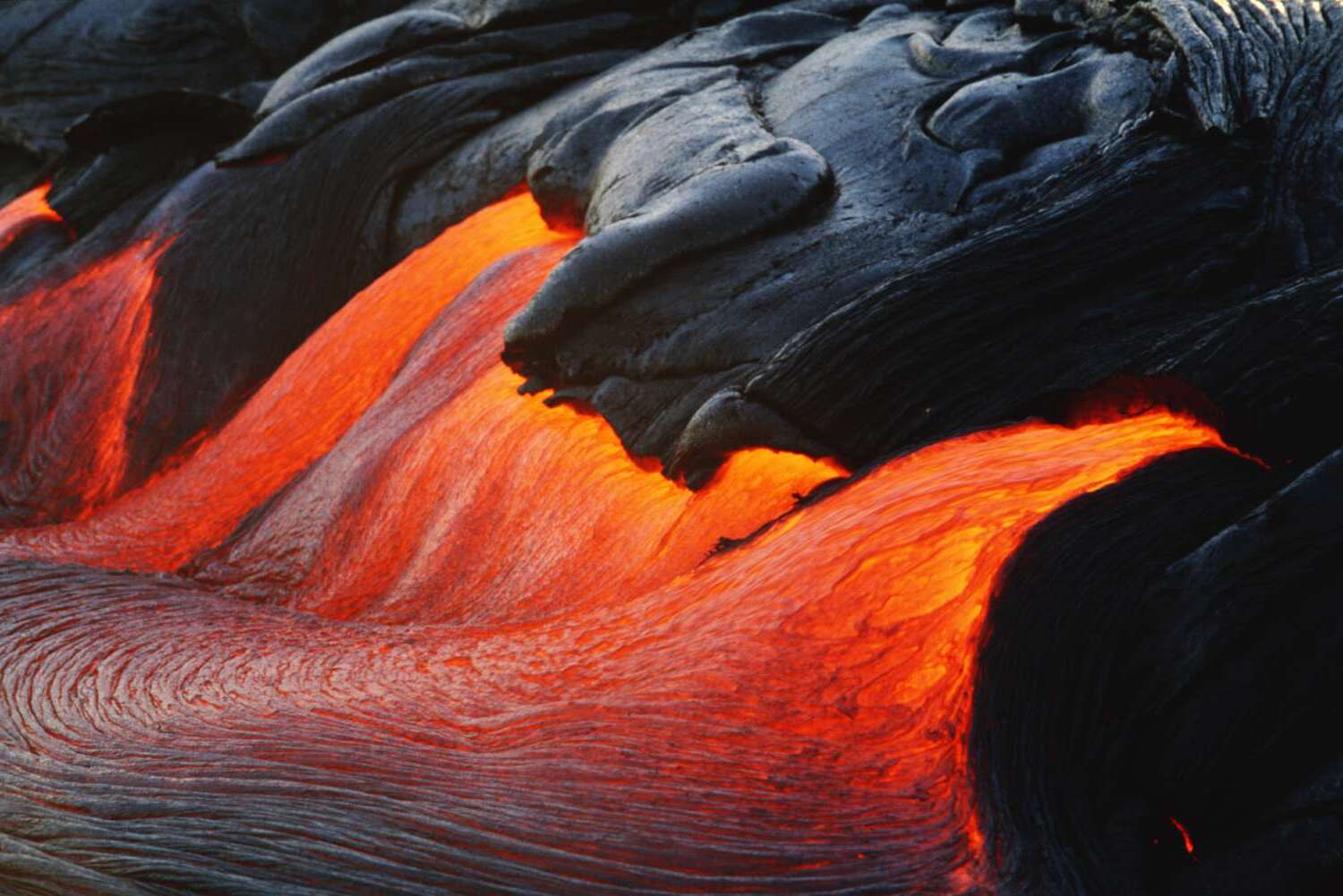
Ever wondered what makes lava so mesmerizing yet terrifying at the same time? Lava isn't just molten rock; it's a natural phenomenon that shapes and reshapes Earth's surface in ways that have fascinated humans for centuries. From its scorching temperatures to its role in creating new land, lava holds secrets and stories that are as old as the planet itself. In this blog post, we'll spill the beans on 15 of the most intriguing facts about lava. Ready to get your mind blown by how cool (well, actually hot) lava can be? Let's dive into the fiery depths of Earth's underbelly and discover what makes lava truly one-of-a-kind.
What Is Lava?
Lava, molten rock expelled by a volcano during an eruption, forms landscapes and shapes the Earth's surface. Its temperature can range from 700°C to 1,200°C (1,292°F to 2,192°F). Understanding lava helps scientists predict volcanic activity and its potential impact on surrounding areas.
Types of Lava
There are several types of lava, each with unique characteristics. Pahoehoe lava is smooth and billowy, while Aa lava is sharp and jagged. Another type, Pillow lava, forms underwater, creating bulbous shapes. These varieties result from differences in temperature, gas content, and composition.
-
Pahoehoe lava's smooth surface is due to its high fluidity, allowing it to flow quickly and spread thinly.
-
Aa lava moves more slowly, cooling and breaking into sharp, angular pieces.
-
Pillow lava forms when lava erupts under water, cooling rapidly to create rounded, pillow-shaped formations.
How Lava Creates New Land
Lava flows can create new land as they cool and solidify. This process is especially evident in places like Hawaii, where volcanic activity is frequent.
-
Islands such as the Hawaiian Islands have grown over millions of years due to successive layers of lava accumulating and hardening.
-
When lava enters the ocean, it cools rapidly, forming new landmasses or extending the shoreline.
Lava's Role in the Ecosystem
Despite its destructive power, lava plays a crucial role in shaping ecosystems. As it breaks down over time, it enriches the soil with minerals, supporting new plant life.
-
In areas where lava has flowed, the initial destruction is followed by a period of rapid ecological recovery, thanks to the nutrient-rich soil.
-
Certain species of plants and animals have adapted to live in lava fields, showcasing nature's resilience.
The Danger of Lava Flows
Lava flows pose significant risks to communities living near volcanoes. Their slow movement allows for evacuation, but they can destroy everything in their path.
-
Unlike explosive volcanic eruptions, lava flows are predictable, giving people time to evacuate.
-
However, they can bury homes, roads, and fertile land under several feet of rock, causing long-term economic and environmental damage.
Lava Tubes: Nature's Underground Passageways
Lava tubes are natural tunnels formed when the surface of a lava flow cools and solidifies while the molten lava beneath continues to flow. These structures can be vast and offer a unique habitat for various species.
-
Lava tubes can serve as conduits for lava during an eruption, directing the flow away from populated areas.
-
They also create unique ecosystems, sheltering species from the harsh surface conditions.
The Cultural Significance of Lava
Many cultures living near volcanoes have developed myths and legends surrounding lava and volcanic activity, often attributing it to gods or supernatural forces.
-
In Hawaiian culture, Pele, the goddess of volcanoes and fire, is said to reside in Kilauea, one of the world's most active volcanoes.
-
These stories and beliefs highlight the respect and awe that lava and volcanoes inspire in humans.
Lava's Contribution to Renewable Energy
Geothermal energy, harnessed from the heat of the Earth's interior, is a clean and sustainable energy source. Lava plays a key role in this process.
-
Areas with volcanic activity, such as Iceland, utilize the heat from magma to generate electricity and heat buildings.
-
This renewable energy source is not only environmentally friendly but also reduces reliance on fossil fuels, showcasing lava's potential to benefit humanity.
A Final Glance at Lava's Fiery Wonders
Lava, with its molten mystery, captivates our imagination and fuels our thirst for knowledge. We've journeyed through the scorching heart of Earth's volcanic activity, uncovering facts that dazzle and educate. From its ability to create new land to its role in shaping ecosystems, lava's impact is profound and multifaceted. Remember, lava's not just about destruction. It's a creator, a destroyer, and a sculptor of landscapes. Its journey from the Earth's fiery depths to the surface is a testament to the planet's dynamic nature. So, next time you see a volcanic eruption, whether in person or through a screen, appreciate the raw power and the intricate processes at play. These 15 facts about lava offer just a glimpse into its fascinating world, encouraging us to keep exploring and respecting the mighty forces that shape our planet.
Was this page helpful?
Our commitment to delivering trustworthy and engaging content is at the heart of what we do. Each fact on our site is contributed by real users like you, bringing a wealth of diverse insights and information. To ensure the highest standards of accuracy and reliability, our dedicated editors meticulously review each submission. This process guarantees that the facts we share are not only fascinating but also credible. Trust in our commitment to quality and authenticity as you explore and learn with us.
